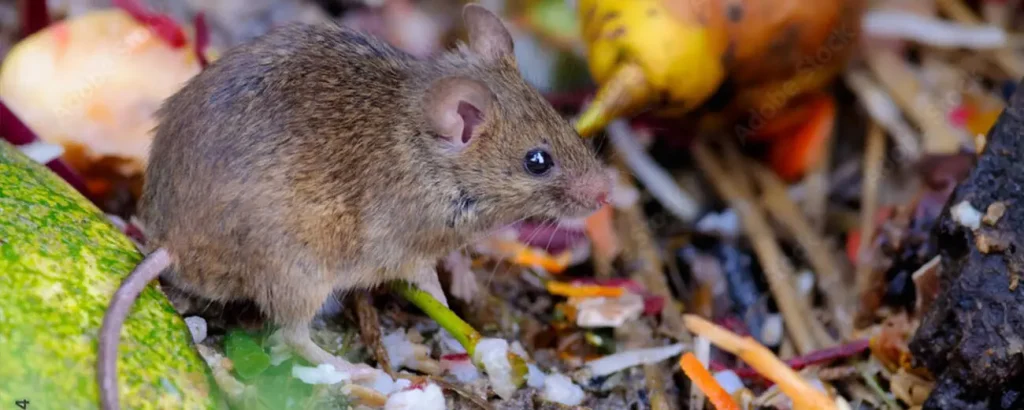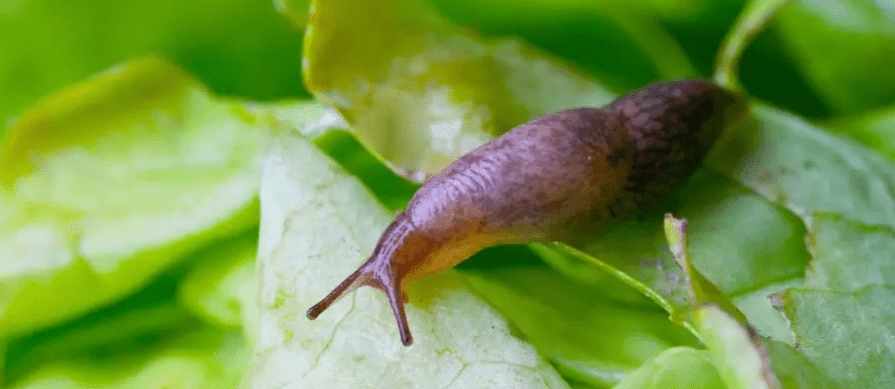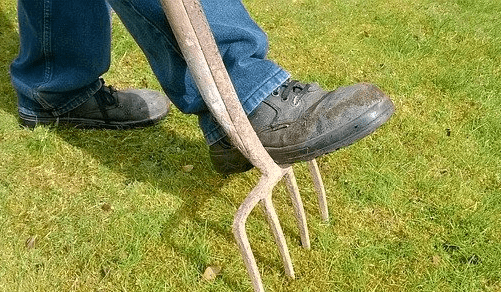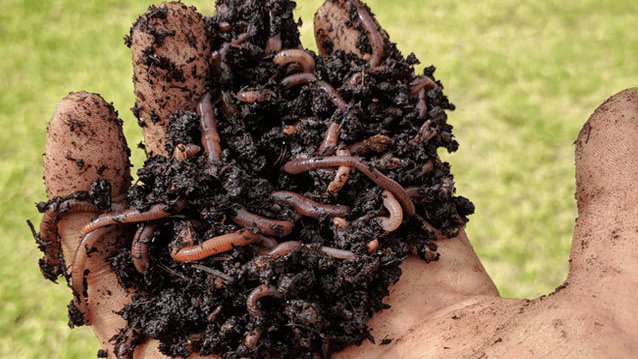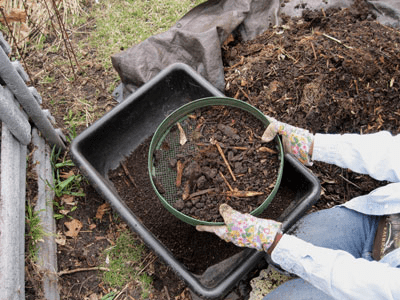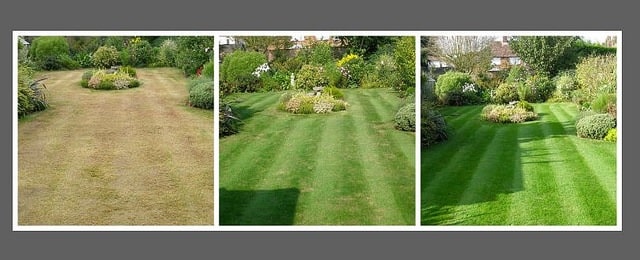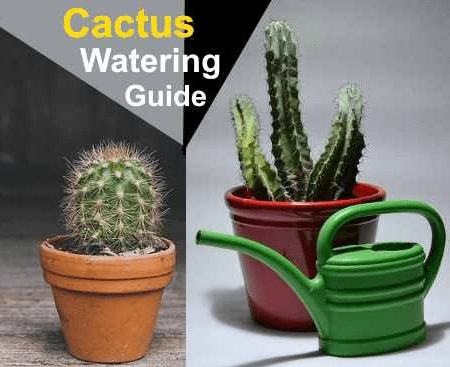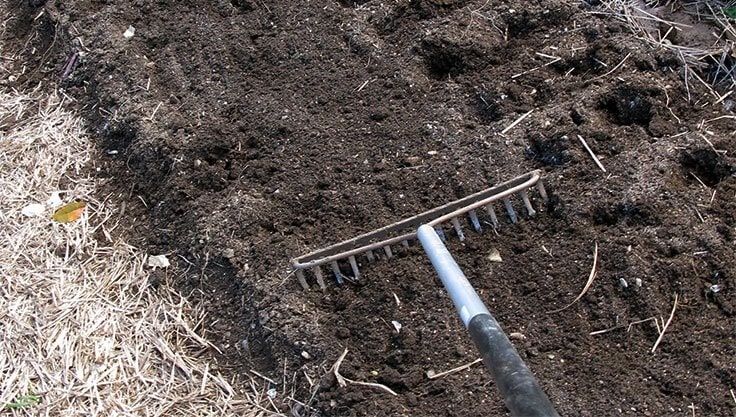Mice, like this house mouse, are hard to drive out of the garden if they find plenty of food there.
Mice in the garden aren’t necessarily a bad thing. Where there’s nibbling, rustling in the leaves, or shadows darting by, biodiversity thrives. Especially in natural gardens, these little creatures find food and shelter. Most of the time, mice go unnoticed—until their numbers grow out of control. No one wants wild mice overrunning their space. Climate change is boosting mouse populations, and mild weather speeds up their reproduction. In large numbers, they gnaw on vegetables, roots, and stored supplies—and may even invade homes.
Contents
What Do Mice Eat?
Birdseed that spills onto the ground attracts all kinds of mice, like this house mouse.
To understand what mice are eating, take a close look at their activity.
House Mice (Mus musculus)
- Typically have slate-gray fur.
- Head and body are about the same length as the tail.
- Live in family groups, favoring storage rooms, sheds, houses, and gardens.
- Highly territorial, raising young year-round in nests built near food sources.
- Prefer carbohydrate-rich seeds and grains but also eat animal-based food.
- Chew on stored fruit and other pantry items.
- Don’t hoard food since they stay close to their food supply.
- Don’t dig underground tunnels—mostly nocturnal and prefer running along walls.
Mice in the Garden
House mice can live exclusively outdoors year-round, but gardens are also home to voles, which dig underground tunnels. Voles include:
- Common voles (Arvicola terrestris)
- Field mice (Microtus arvalis) – Often confused with house mice.
Field Mice Characteristics:
- Smaller eyes and ears, shorter tails than house mice.
- Yellowish-brown to gray-brown fur.
- Move through tunnel systems under meadows and fallow land, also above ground via pathways.
- Females raise young in underground nests; males live solitary lives.
- Feed on grasses, buds, young shoots, bark, and seeds in winter.
- Rarely gnaw roots (unlike common voles).
Did You Know? Field Mice…
- Sneak into storage areas and nibble on stored fruits and vegetables.
- Collect food near their burrow entrances (e.g., small piles of strawberries).
- Gnaw on overwintering potted plants, like yucca palm shoots.
- Love fermented fallen fruit—sometimes getting too “tipsy” to flee!
- Are active during the day, alternating between 2-hour rest and feeding periods.
- Find ways into raised beds, even those with vole-proof barriers.
How to Keep Mice Away
To prevent mice (and rats) from settling in your home and garden, try these methods:
Prevention Tips
✔ Seal entry points – Close gaps in walls, garden sheds, garages, and under structures.
✔ Secure food storage – Keep pantries tightly closed.
✔ Adjust bird feeding – If mice are a problem, stop feeding birds or only offer food during the day. Avoid spilled seed on the ground.
✔ Store birdseed properly – Keep bags and suet balls in the basement, not the shed.
✔ Use mouse-proof bird feeders – Hang them high in trees or place them on metal poles (not wood).
✔ Avoid composting food scraps – Don’t toss bread, rice, or pasta into the compost.
Natural Mouse Repellents
Mice dislike certain smells, which can help deter them:
- Garlic & rock dust – Scatter chopped garlic mixed with rock meal around vegetable beds.
- Herbal sprays – Pour nettle or juniper green manure directly into vole holes.
- Rancid buttermilk – Its strong odor repels rodents.
- Essential oils – Soak cloths in peppermint or eucalyptus oil and place them in mouse hotspots.
Humane Trapping (If Necessary)
Tube or live traps placed in tunnels or near food storage can work—but check them daily to avoid unnecessary suffering.
Final Tip: A well-maintained garden with fewer hiding spots and food sources is the best long-term solution. Keep things tidy, and mice will look elsewhere!

